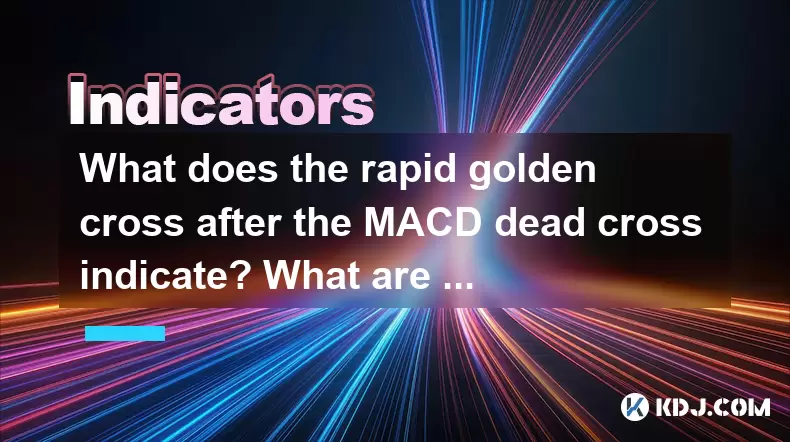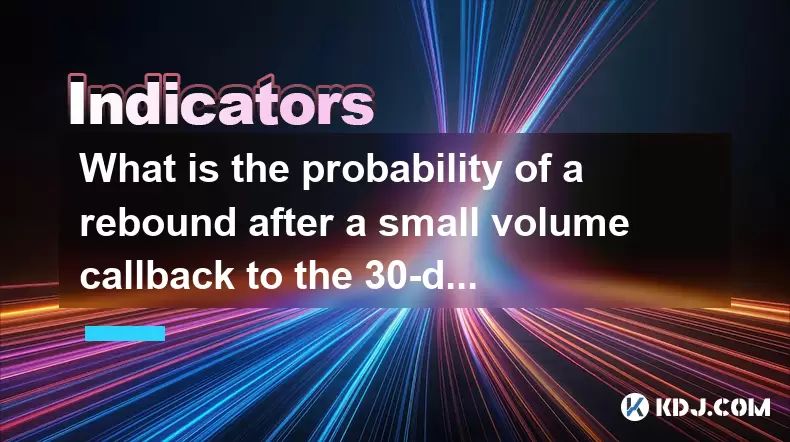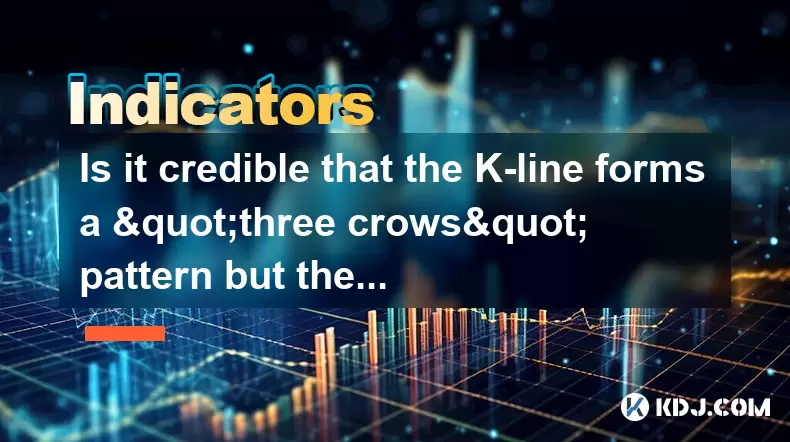-
 Bitcoin
Bitcoin $105,978.7605
5.45% -
 Ethereum
Ethereum $2,423.8735
9.54% -
 Tether USDt
Tether USDt $1.0005
0.02% -
 XRP
XRP $2.1626
9.40% -
 BNB
BNB $641.9746
4.79% -
 Solana
Solana $146.4071
11.93% -
 USDC
USDC $0.9999
0.00% -
 TRON
TRON $0.2735
4.33% -
 Dogecoin
Dogecoin $0.1646
10.74% -
 Cardano
Cardano $0.5839
9.61% -
 Hyperliquid
Hyperliquid $38.4234
8.79% -
 Sui
Sui $2.8430
18.30% -
 Bitcoin Cash
Bitcoin Cash $469.1401
3.03% -
 Chainlink
Chainlink $12.9029
12.83% -
 UNUS SED LEO
UNUS SED LEO $9.1005
0.89% -
 Avalanche
Avalanche $18.1358
11.70% -
 Stellar
Stellar $0.2453
8.78% -
 Toncoin
Toncoin $2.9174
7.94% -
 Shiba Inu
Shiba Inu $0.0...01160
11.29% -
 Litecoin
Litecoin $85.3114
7.70% -
 Hedera
Hedera $0.1512
15.21% -
 Monero
Monero $309.9386
4.88% -
 Ethena USDe
Ethena USDe $1.0007
0.03% -
 Polkadot
Polkadot $3.4098
9.78% -
 Dai
Dai $1.0002
0.02% -
 Bitget Token
Bitget Token $4.1523
4.23% -
 Uniswap
Uniswap $6.8863
11.50% -
 Pepe
Pepe $0.0...09973
13.94% -
 Pi
Pi $0.5363
7.15% -
 Aave
Aave $255.4680
15.65%
What does the rapid golden cross after the MACD dead cross indicate? What are the common patterns when the main force washes the market?
A rapid golden cross after a MACD dead cross can signal a quick market sentiment shift, but traders should confirm with other indicators to avoid false signals.
May 22, 2025 at 04:49 pm

In the realm of cryptocurrency trading, technical analysis plays a pivotal role in understanding market trends and making informed decisions. Two significant indicators frequently used by traders are the Golden Cross and the MACD (Moving Average Convergence Divergence). Understanding what a rapid golden cross after a MACD dead cross indicates, as well as the common patterns when the main force washes the market, can provide traders with valuable insights into market dynamics.
Understanding the Golden Cross and MACD
Before diving into the specific scenario of a rapid golden cross after a MACD dead cross, it's essential to understand these technical indicators.
The Golden Cross occurs when a short-term moving average crosses above a long-term moving average, typically the 50-day moving average crossing above the 200-day moving average. This event is often interpreted as a bullish signal, suggesting a potential upward trend in the price of the asset.
The MACD, on the other hand, is a trend-following momentum indicator that shows the relationship between two moving averages of a security's price. The MACD line is calculated by subtracting the 26-period exponential moving average (EMA) from the 12-period EMA. The signal line is a 9-period EMA of the MACD line. A dead cross on the MACD occurs when the MACD line crosses below the signal line, which is generally considered a bearish signal.
The Significance of a Rapid Golden Cross After a MACD Dead Cross
A rapid golden cross following a MACD dead cross is a particularly interesting scenario for traders. This sequence of events can indicate a few things:
Quick Reversal of Sentiment: A rapid golden cross after a MACD dead cross suggests a quick reversal of market sentiment from bearish to bullish. This can happen when the market experiences a sudden influx of buying pressure after a period of selling.
Potential False Signal: Sometimes, a rapid golden cross after a MACD dead cross can be a false signal. The market might be experiencing short-term volatility, leading to a false bullish signal that doesn't sustain long-term growth.
Strong Bullish Momentum: In some cases, this pattern can indicate strong bullish momentum. If the market quickly recovers from a bearish signal and moves into a bullish trend, it could be a sign of strong buying interest and potential for significant price increases.
Analyzing Common Patterns When the Main Force Washes the Market
In the cryptocurrency market, the term main force often refers to large institutional investors or whales who have the power to influence market prices. When these entities engage in market washing, they aim to manipulate prices to their advantage. Here are some common patterns associated with this practice:
Pump and Dump: This is one of the most notorious patterns. The main force artificially inflates the price of a cryptocurrency by buying large volumes, creating a buying frenzy among retail investors. Once the price reaches a peak, the main force sells off their holdings, causing the price to plummet.
Bearish Engulfing Pattern: This pattern occurs when a small bullish candle is followed by a larger bearish candle that completely engulfs the previous candle. The main force might use this pattern to scare off retail investors, driving the price down to buy at a lower price.
Whipsaw Movements: Whipsaw movements involve rapid and sharp price movements in both directions. The main force might use this pattern to create confusion and shake out weaker hands, allowing them to accumulate or distribute their holdings at more favorable prices.
Head and Shoulders Pattern: This pattern is characterized by a peak (head) flanked by two smaller peaks (shoulders). The main force might use this pattern to signal a reversal from a bullish to a bearish trend, causing investors to sell off their holdings.
Identifying and Responding to Market Washing
Identifying market washing can be challenging, but there are certain signs and strategies traders can use to protect themselves:
Volume Analysis: High trading volumes during price spikes or drops can indicate the presence of the main force. Traders should pay close attention to volume spikes that do not correspond with fundamental news or events.
Order Book Analysis: Examining the order book can reveal large buy or sell orders that might be placed by the main force. These orders can influence market sentiment and price movements.
Sentiment Analysis: Monitoring social media and forums for sudden shifts in sentiment can help traders identify potential market washing. The main force often uses social media to create hype or fear to manipulate prices.
Technical Indicators: Using technical indicators like the Relative Strength Index (RSI) and Bollinger Bands can help traders identify overbought or oversold conditions, which might be caused by market washing.
Practical Steps to Trade Based on These Indicators
When encountering a rapid golden cross after a MACD dead cross or signs of market washing, traders can take the following steps:
Confirm the Signal: Before acting on a rapid golden cross or a MACD dead cross, confirm the signal with other technical indicators. Use tools like the RSI, Bollinger Bands, and volume indicators to validate the trend.
Set Stop-Loss Orders: To protect against potential false signals or market washing, set stop-loss orders. This will help limit losses if the market moves against your position.
Monitor Market Sentiment: Keep an eye on market sentiment through social media, forums, and news sources. Sudden shifts in sentiment can indicate the presence of the main force.
Trade with Caution: When signs of market washing are present, trade with caution. Avoid chasing prices during rapid movements and consider waiting for the market to stabilize before entering a position.
Diversify Your Portfolio: To mitigate risks associated with market washing, diversify your cryptocurrency portfolio. This can help spread risk and protect against sudden price movements in a single asset.
Frequently Asked Questions
Q: How can traders differentiate between a genuine bullish trend and a false signal after a rapid golden cross?
A: Traders can differentiate between a genuine bullish trend and a false signal by using multiple technical indicators to confirm the trend. Look for consistent signals from indicators like the RSI, Bollinger Bands, and volume analysis. Additionally, pay attention to fundamental factors such as news and market sentiment to validate the trend.
Q: What are some red flags that might indicate market washing by the main force?
A: Red flags for market washing include sudden and unexplained spikes in trading volume, rapid price movements without corresponding news or events, and unusual patterns in the order book. Additionally, a sudden shift in market sentiment on social media and forums can indicate manipulation by the main force.
Q: Can market washing be detected in real-time, and if so, how?
A: Detecting market washing in real-time can be challenging, but it is possible with the right tools and vigilance. Real-time monitoring of trading volume, order book data, and market sentiment can help identify potential market washing. Using advanced trading platforms with real-time data feeds and alerts can also aid in the timely detection of these patterns.
Q: Are there any specific cryptocurrencies that are more susceptible to market washing by the main force?
A: While any cryptocurrency can be subject to market washing, smaller and less liquid cryptocurrencies are often more susceptible. These assets can be more easily manipulated due to lower trading volumes and less institutional interest. However, even major cryptocurrencies like Bitcoin and Ethereum can experience market washing, especially during periods of high volatility.
Disclaimer:info@kdj.com
The information provided is not trading advice. kdj.com does not assume any responsibility for any investments made based on the information provided in this article. Cryptocurrencies are highly volatile and it is highly recommended that you invest with caution after thorough research!
If you believe that the content used on this website infringes your copyright, please contact us immediately (info@kdj.com) and we will delete it promptly.
- Bitcoin Scaling Showdown: Lightning Network, Sztorc, and the Future of Payments
- 2025-06-24 04:25:12
- Cathie Wood, ARK Invest, and Circle Shares: A Wild Ride on the Stablecoin Wave
- 2025-06-24 04:25:12
- Ruvi AI: Blockchain Tech Meets Real-World Utility – The Next Big Thing?
- 2025-06-24 05:25:13
- US, Iran, Middle East: Navigating the Geopolitical Minefield
- 2025-06-24 05:05:12
- Democratic Senator, Crypto Ties, and Trump's Stablecoin Push: A New York Minute
- 2025-06-24 05:05:12
- Bitcoin Bonanza: ProCap Financial, Fundraising Frenzy, and the Future of Finance
- 2025-06-24 05:25:13
Related knowledge

What does the continuous rise of the ADX line of the DMI indicator in the downward trend indicate?
Jun 24,2025 at 05:00am
Understanding the DMI Indicator and Its ComponentsThe Directional Movement Index (DMI) is a technical analysis tool that helps traders identify the strength and direction of a trend. It consists of two primary components: the +DI (Positive Directional Indicator) and the -DI (Negative Directional Indicator). The ADX line, which stands for Average Directi...

What is the probability of a rebound after a small volume callback to the 30-day moving average to get support?
Jun 24,2025 at 05:08am
Understanding the 30-Day Moving Average in Cryptocurrency TradingIn cryptocurrency trading, the 30-day moving average (MA) is a widely used technical indicator that helps traders identify potential support and resistance levels. It calculates the average closing price of an asset over the last 30 days, smoothing out short-term volatility and providing a...

How to interpret that the time-sharing chart shows "volume and price rise together" but the MACD red column shortens?
Jun 24,2025 at 01:08am
Understanding the Concept of 'Volume and Price Rise Together'In cryptocurrency trading, when a time-sharing chart shows that both volume and price rise together, it is typically interpreted as a sign of strong buying pressure. This means more traders are entering long positions, pushing the price higher while increasing the trading volume. This phenomen...

Is it contradictory that the moving average system is arranged in a bullish pattern but the DMI shows a decline in trend strength?
Jun 23,2025 at 11:43pm
Understanding the Moving Average and DMI RelationshipIn cryptocurrency trading, technical analysis plays a crucial role in identifying potential trends and making informed decisions. Two of the most commonly used indicators are the Moving Average (MA) and the Directional Movement Index (DMI). While both tools aim to provide insight into market direction...

How to interpret that the Williams indicator quickly turns back in the overbought area but does not fall below the 50-axis?
Jun 24,2025 at 02:01am
Understanding the Williams %R Indicator in Cryptocurrency TradingThe Williams %R indicator, often referred to as Williams Percent Range, is a momentum oscillator used by traders to identify overbought or oversold conditions in financial markets, including cryptocurrency. It ranges from 0 to -100, where values above -20 are considered overbought and thos...

Is it credible that the K-line forms a "three crows" pattern but the trading volume decreases?
Jun 24,2025 at 05:56am
Understanding the 'Three Crows' Pattern in Cryptocurrency TradingThe three crows pattern is a well-known bearish reversal signal in technical analysis, often observed when an uptrend transitions into a potential downtrend. This formation consists of three consecutive long red (or bearish) candles with each opening within the body of the previous candle ...

What does the continuous rise of the ADX line of the DMI indicator in the downward trend indicate?
Jun 24,2025 at 05:00am
Understanding the DMI Indicator and Its ComponentsThe Directional Movement Index (DMI) is a technical analysis tool that helps traders identify the strength and direction of a trend. It consists of two primary components: the +DI (Positive Directional Indicator) and the -DI (Negative Directional Indicator). The ADX line, which stands for Average Directi...

What is the probability of a rebound after a small volume callback to the 30-day moving average to get support?
Jun 24,2025 at 05:08am
Understanding the 30-Day Moving Average in Cryptocurrency TradingIn cryptocurrency trading, the 30-day moving average (MA) is a widely used technical indicator that helps traders identify potential support and resistance levels. It calculates the average closing price of an asset over the last 30 days, smoothing out short-term volatility and providing a...

How to interpret that the time-sharing chart shows "volume and price rise together" but the MACD red column shortens?
Jun 24,2025 at 01:08am
Understanding the Concept of 'Volume and Price Rise Together'In cryptocurrency trading, when a time-sharing chart shows that both volume and price rise together, it is typically interpreted as a sign of strong buying pressure. This means more traders are entering long positions, pushing the price higher while increasing the trading volume. This phenomen...

Is it contradictory that the moving average system is arranged in a bullish pattern but the DMI shows a decline in trend strength?
Jun 23,2025 at 11:43pm
Understanding the Moving Average and DMI RelationshipIn cryptocurrency trading, technical analysis plays a crucial role in identifying potential trends and making informed decisions. Two of the most commonly used indicators are the Moving Average (MA) and the Directional Movement Index (DMI). While both tools aim to provide insight into market direction...

How to interpret that the Williams indicator quickly turns back in the overbought area but does not fall below the 50-axis?
Jun 24,2025 at 02:01am
Understanding the Williams %R Indicator in Cryptocurrency TradingThe Williams %R indicator, often referred to as Williams Percent Range, is a momentum oscillator used by traders to identify overbought or oversold conditions in financial markets, including cryptocurrency. It ranges from 0 to -100, where values above -20 are considered overbought and thos...

Is it credible that the K-line forms a "three crows" pattern but the trading volume decreases?
Jun 24,2025 at 05:56am
Understanding the 'Three Crows' Pattern in Cryptocurrency TradingThe three crows pattern is a well-known bearish reversal signal in technical analysis, often observed when an uptrend transitions into a potential downtrend. This formation consists of three consecutive long red (or bearish) candles with each opening within the body of the previous candle ...
See all articles
























































































